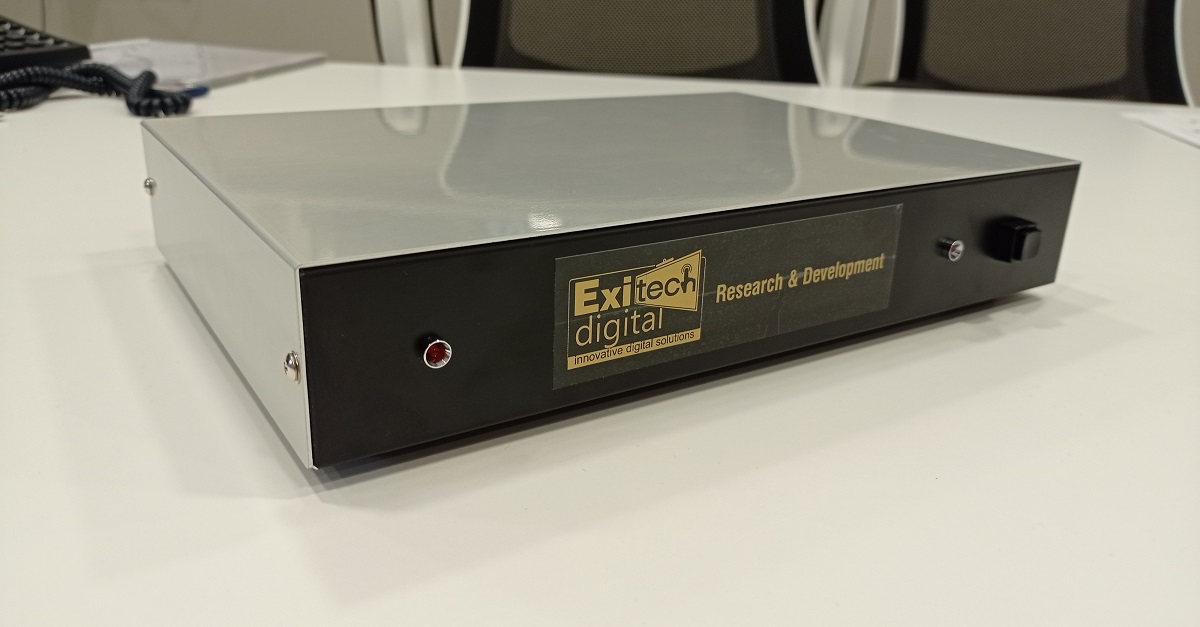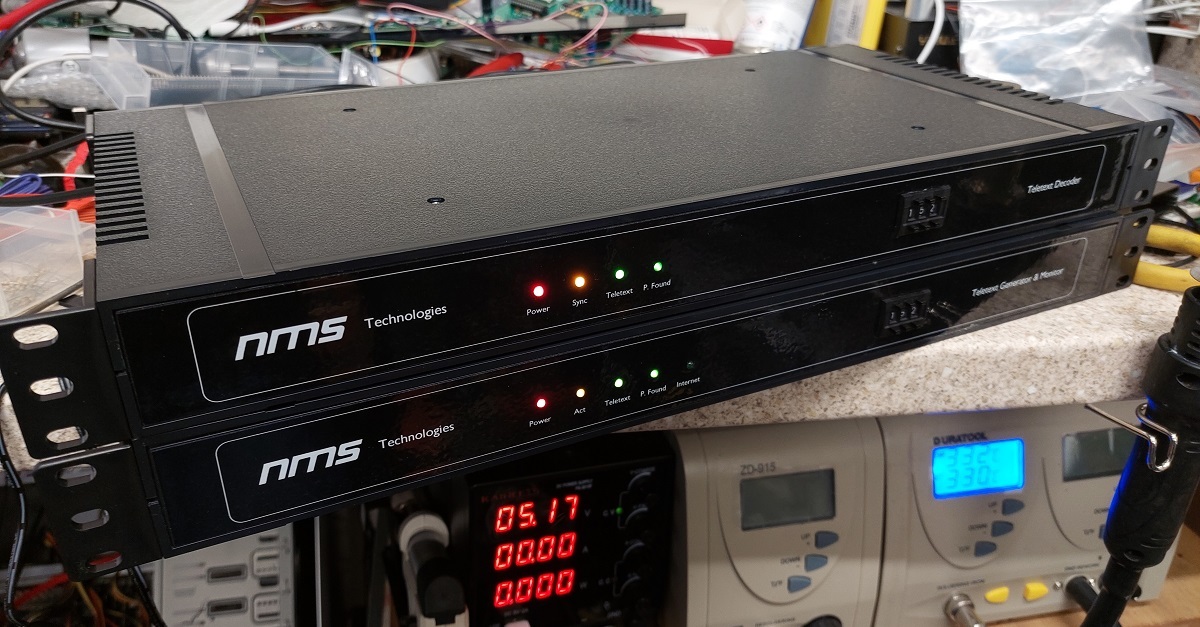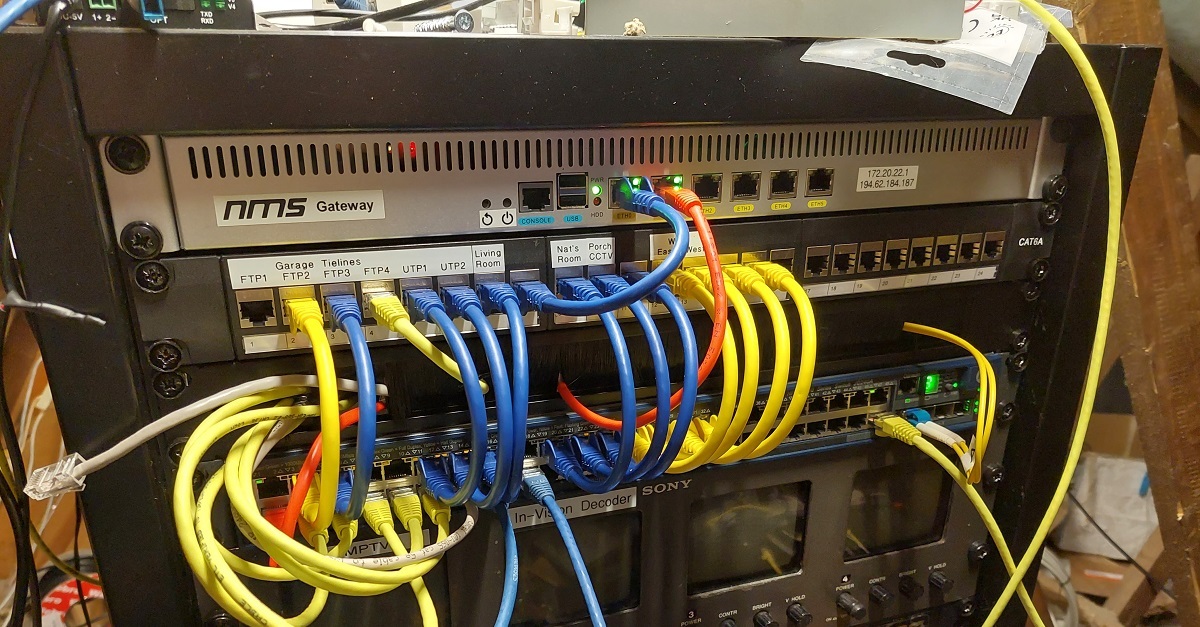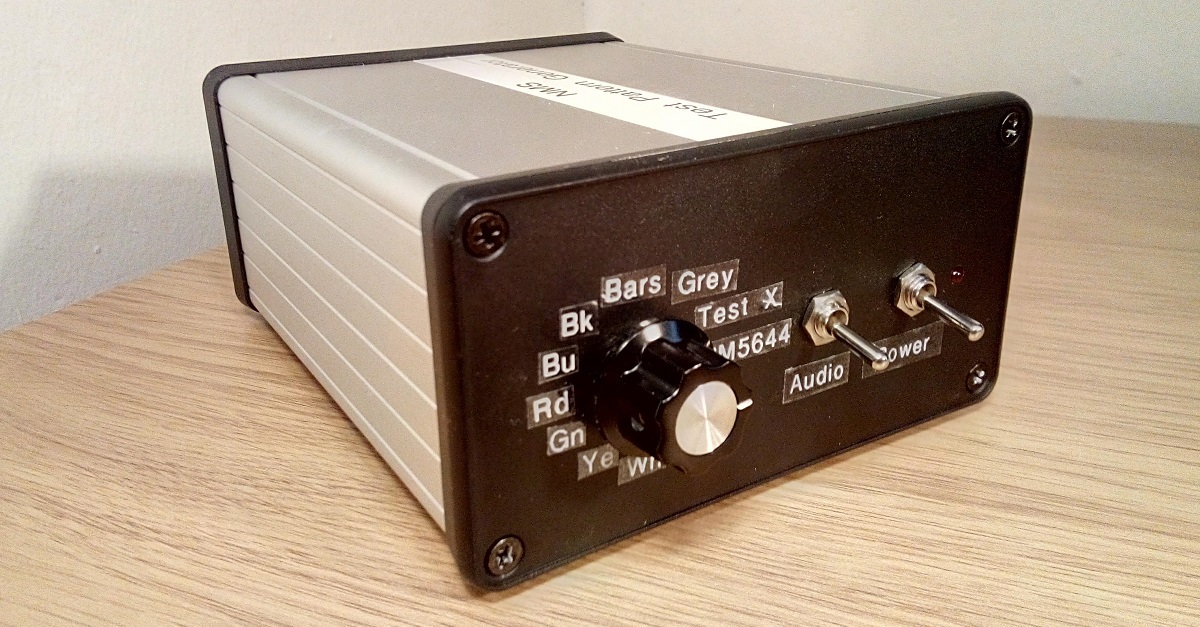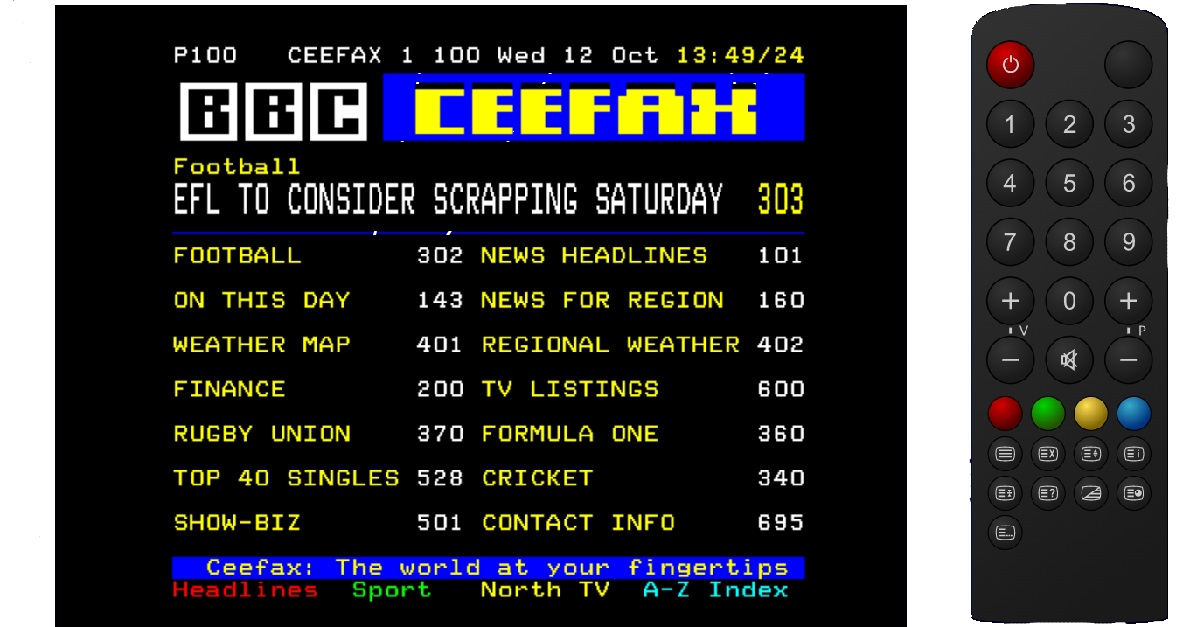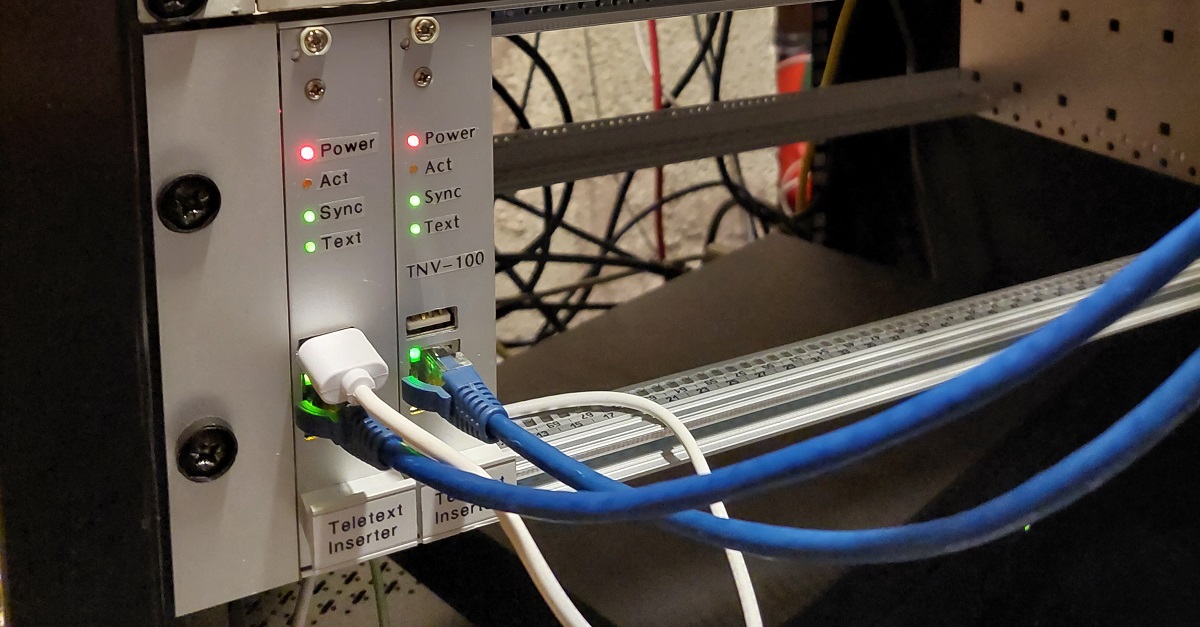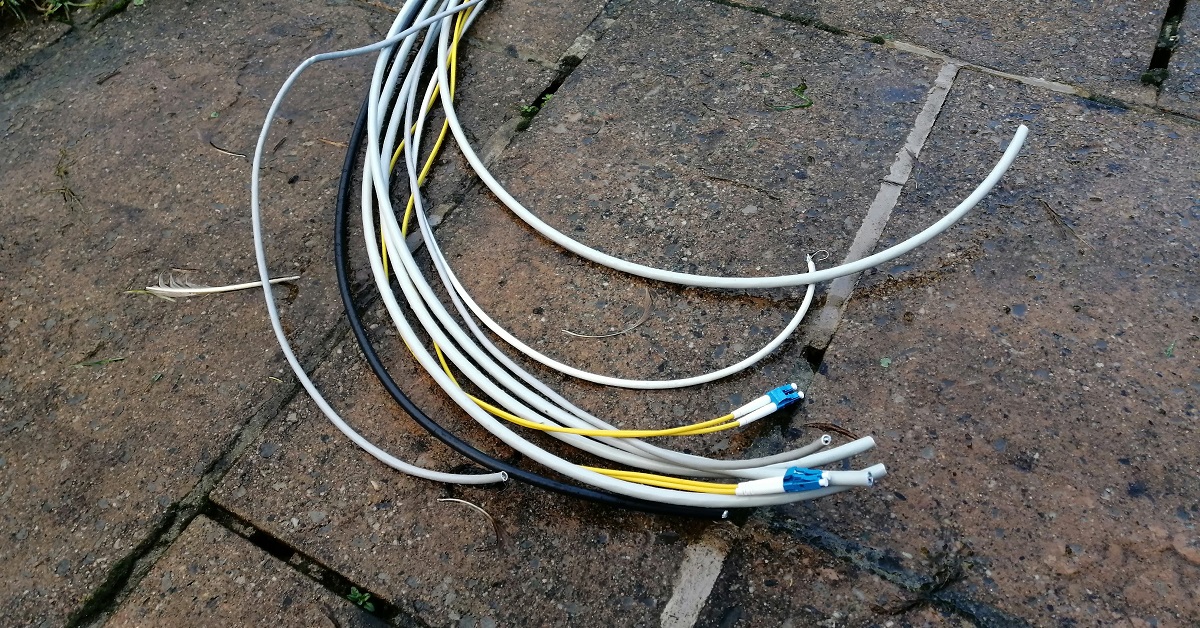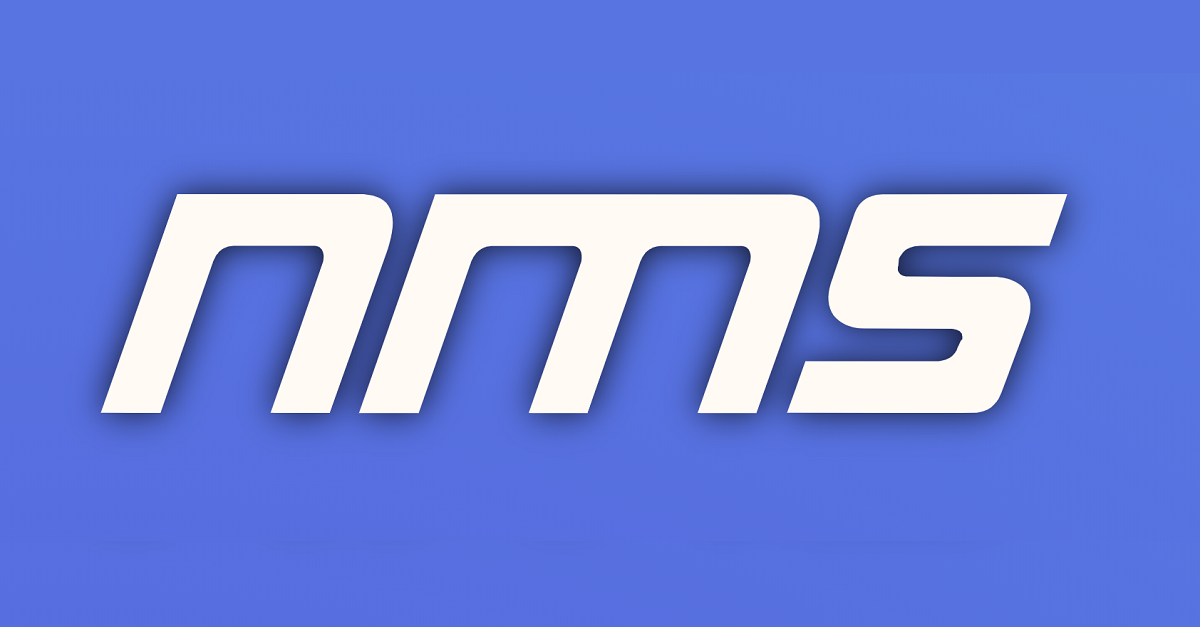Subrack Module Teletext Inserters

These are one-off (two-off?) subrack modular teletext inserters I built for personal use. As pictured above, they live in my attic Comms Rack providing teletext to two internal TV channels.
They're pretty much identical, akthough I think you'll agree I did a better job of labelling the second one.

I built these units because I needed more inserters to monitor some teletext services I produce (or rather, the code I wrote produces). At the time, there were no Raspbery Pi boards available, and I had some spare development inserter boards that couldn't be sold for various reasons. This also gave me a chance to test out a Raspberry Pi alternative for teletext inserting jobs.
You can see the construction is very basic (and much lower quality to what I'd produce for a client!) - consisting of the inserter board and an Orange Pi Zero attached to a prototyping board. This also holds a few indicator LEDs, their associated resistors, and an inverter IC.
The BNC sockets didn't mount very well on perf board, so I ended up smothering them in hot glue to hold in place! The front panel labels are just clear labels printed on a P-Touch label maker.

A major issue I encountered was some strange behaviour on the Orange Pi's SPI bus. It would output a pulse on the enable and clock lines at assertion, which meant every data bit was off-by-one. This behaviour could be cirumvented somewhat by using an inverter and multiplexer to switch away the clock lines when the enable line pulses, but this does mean that the teletext is technically one clock line early - and has one too few clock-run-in pulses. In practice, every TV I've tried thus far has no problem locking onto one fewer clock pulses.
A more minor issue is that the activity LED on the front doesn't actually do anything, because unlike the Raspberry Pi I couldn't find any way of redirecting the hardware LED output to another GPIO line.
Main thing is though, they work, and the boards also give some useful adjustments to the video signals they pass through, which we may well take a closer look at sometime in future.

